Estrogen Receptor–Positive, HER-2 Nonamplified Breast Cancer
- • Estrogen receptor (ER)-positive tumors represent 70% of all breast cancers and generally have a good prognosis but are heterogeneous, and biological behavior can be more closely predicted by luminal subtype.
- • Endocrine therapy reduces locoregional and distant failure in ER-positive tumors, with tamoxifen being the drug of choice in premenopausal women and tamoxifen or an aromatase inhibitor alone or in sequence being used in postmenopausal women.
- • Although clinicopathologic features, such as patient risk factors, pathologic stage, and lymphovascular invasion, guide therapy selection, genomic profiling of the tumor provides insight into the risk of recurrence and is a commonly used tool to determine the need for adjuvant chemotherapy. Oncotype DX is the most broadly used molecular profiling tool.
- • Ovarian suppression, either reversibly or irreversibly, in addition to hormone therapy reduces the risk of recurrence in premenopausal women who are at high risk for recurrence indicated by the need for chemotherapy.
- • Neoadjuvant and adjuvant chemotherapy have equivalent long-term outcomes, but neoadjuvant therapy can be used to downstage a tumor to make it amenable to breast-conserving therapy or to evaluate tumor response to systemic therapy and provide prognostic information.
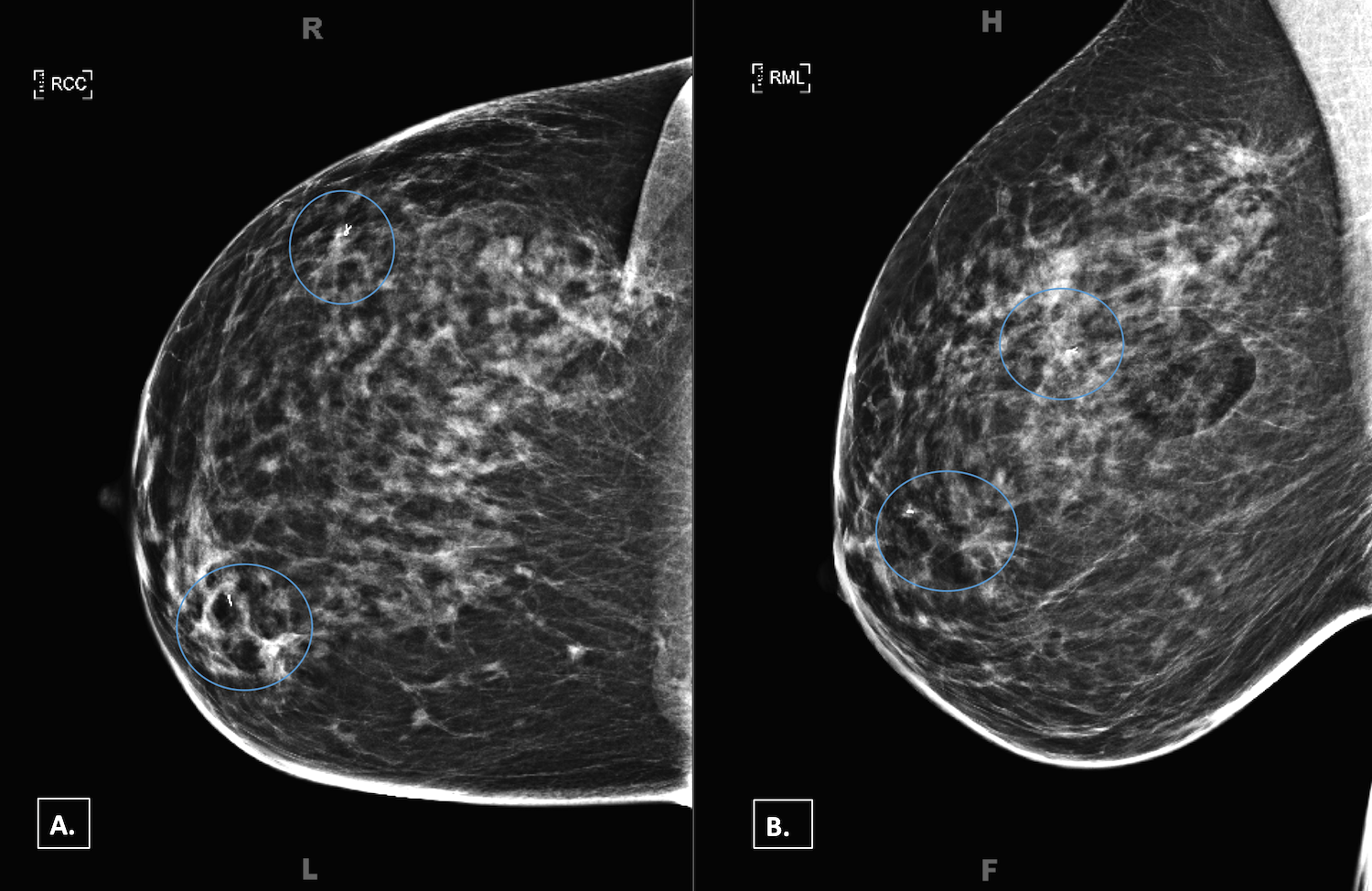
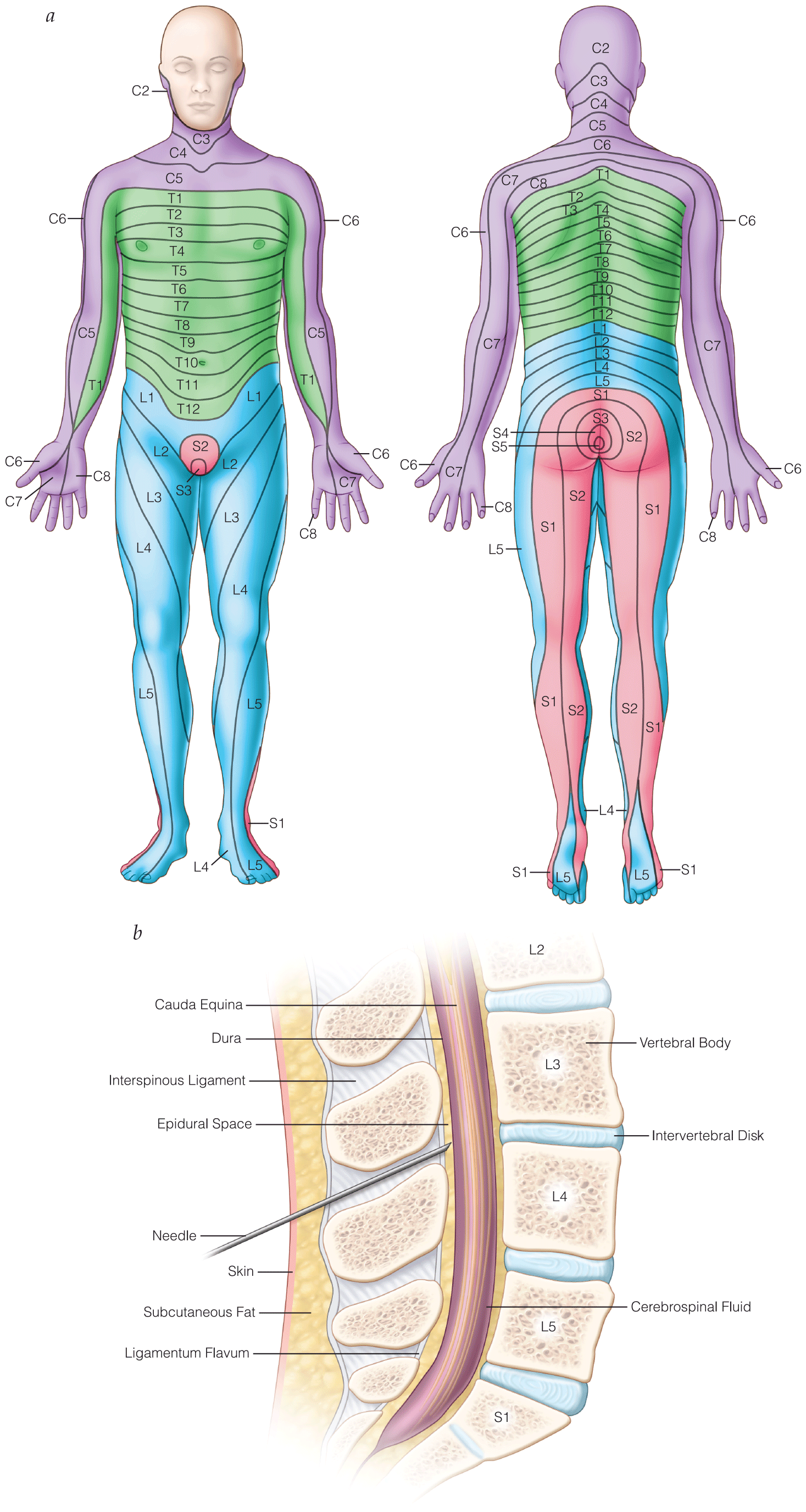
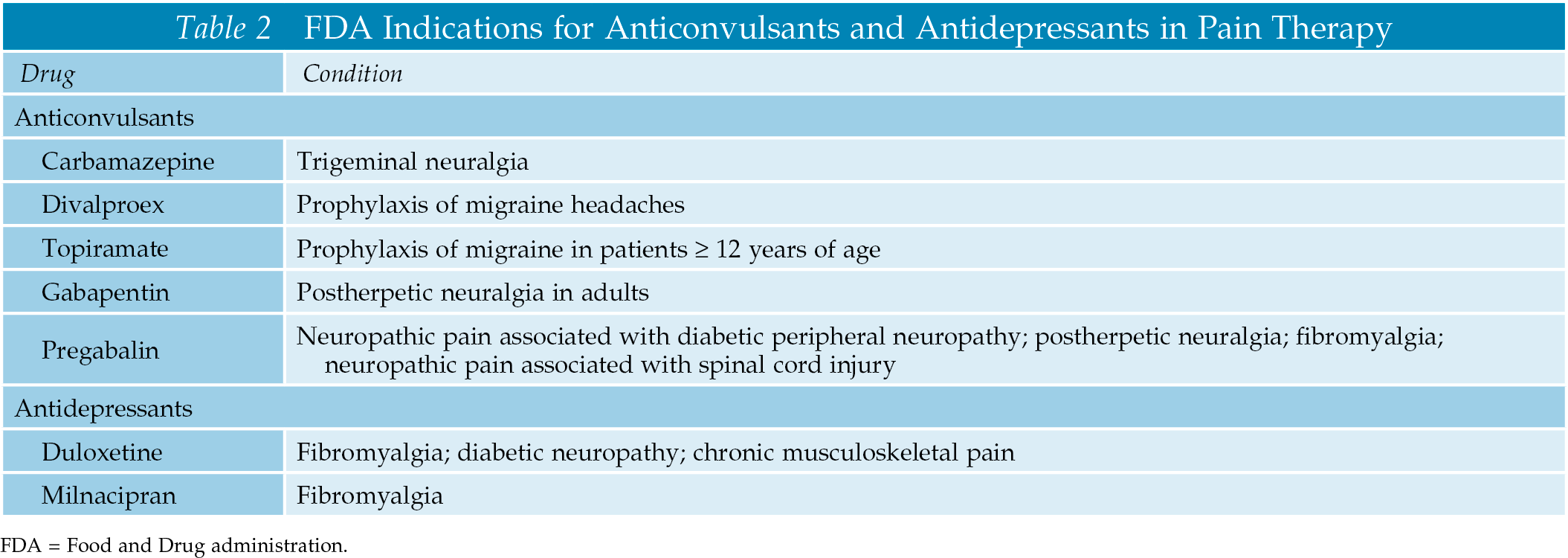
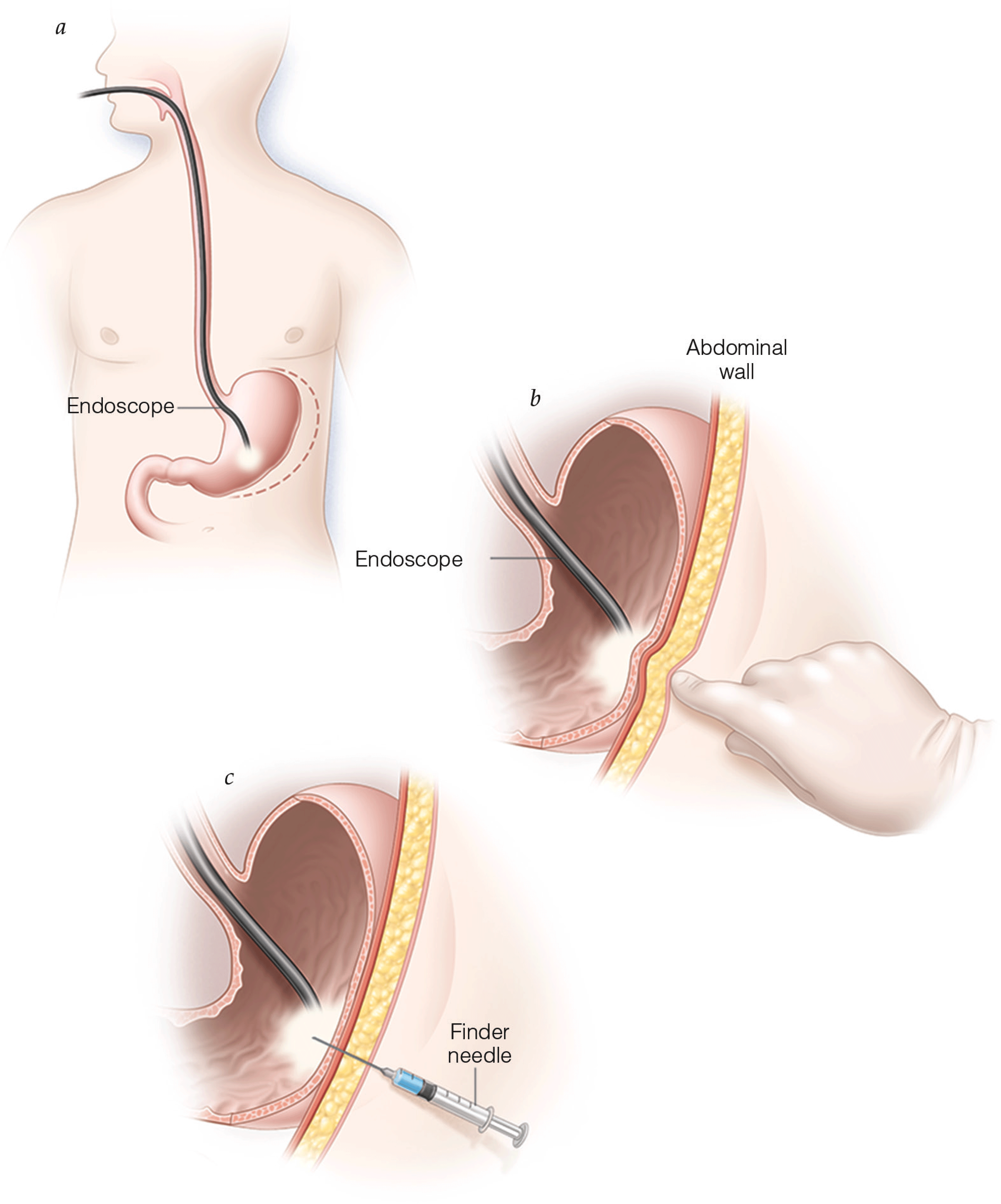
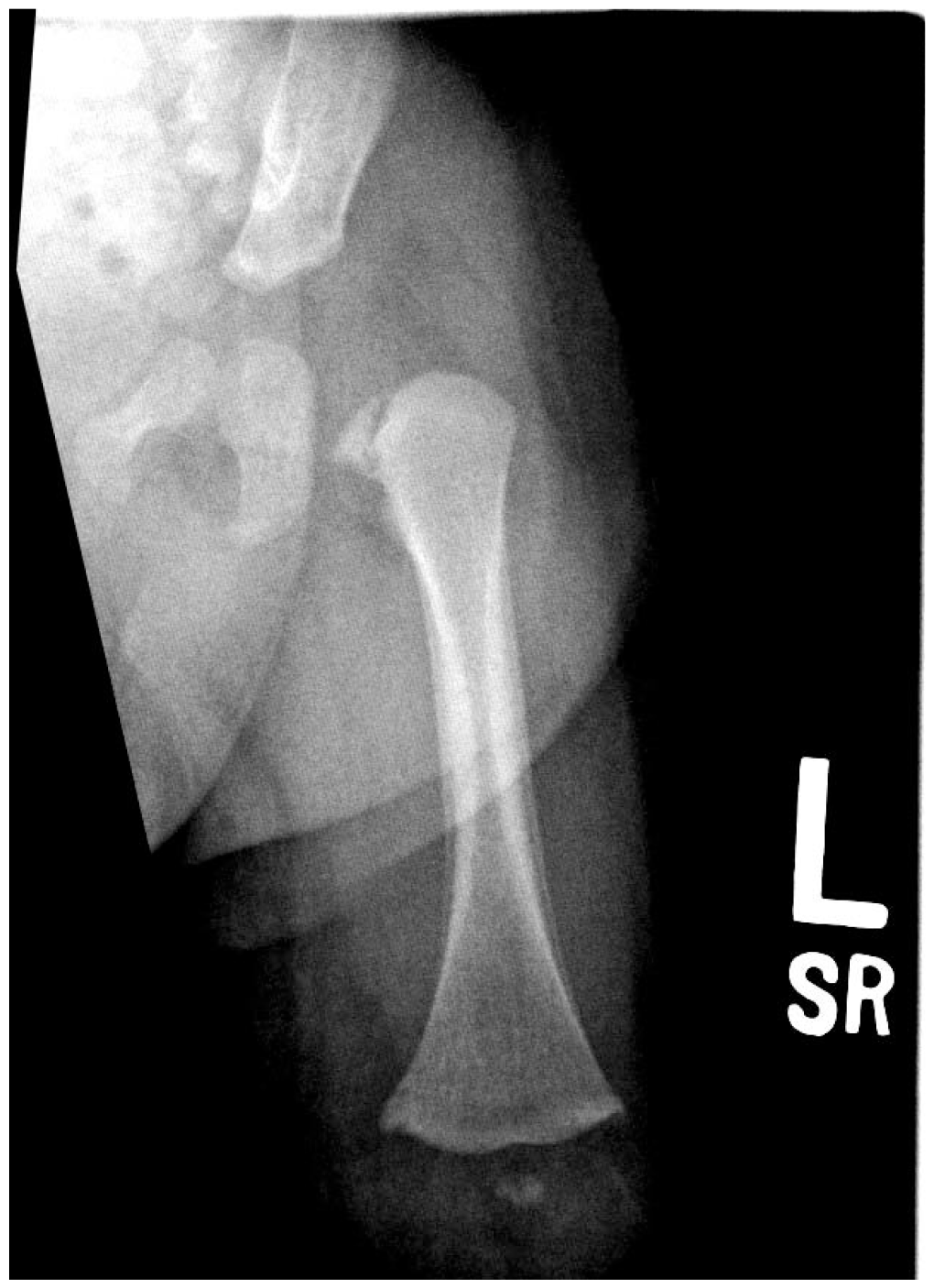
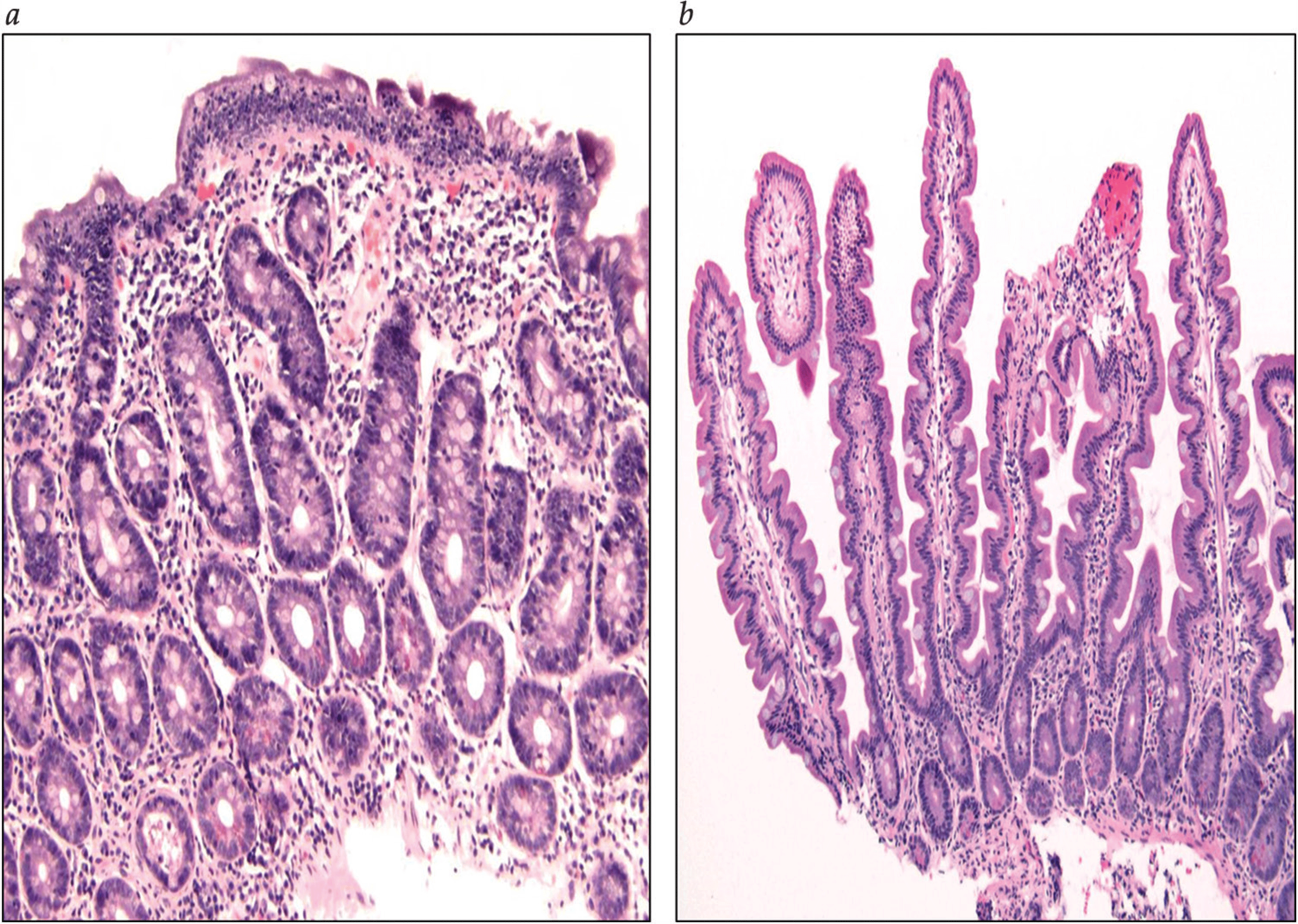
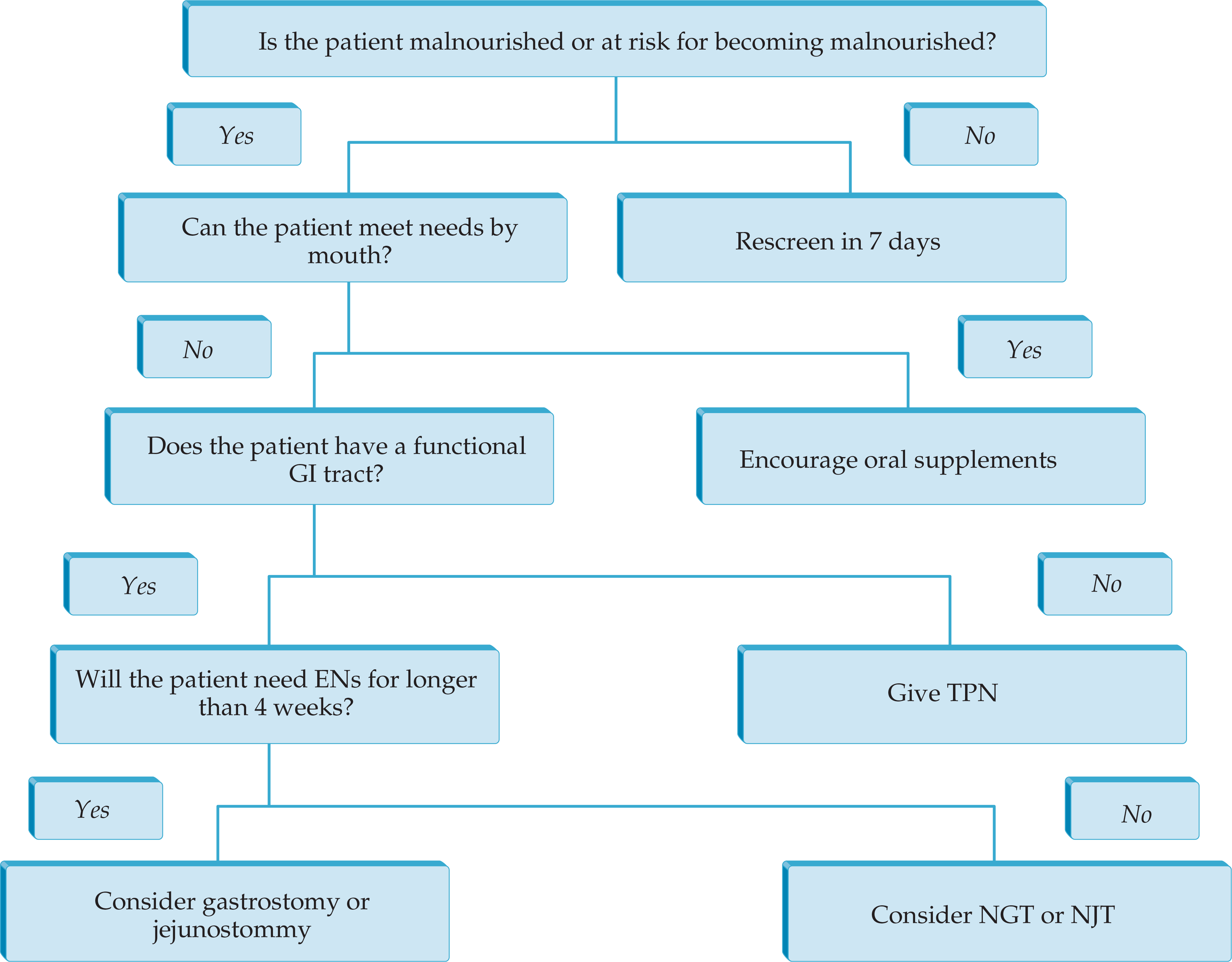


.png)







